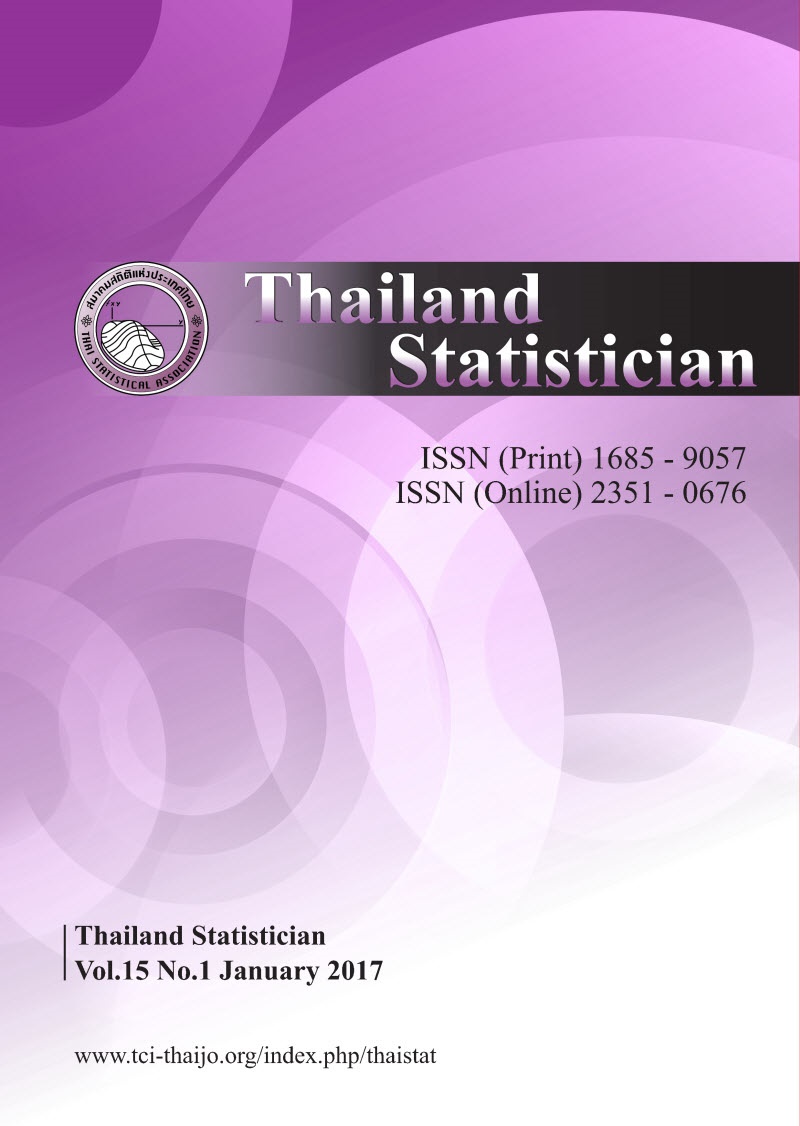Likelihood Based Inference Under Noise Multiplication
Keywords:
Confidentiality, EM algorithm, microdata, statistical disclosure limitationAbstract
When statistical agencies release microdata to the public, a major concern is the control of disclosure risk, while ensuring utility in the released data. Of- ten some statistical disclosure control methods such as data swapping, mul- tiple imputation, top coding, and perturbation with random noise, are applied before releasing the data. This article develops methodology for data analysis when each original observation is multiplied by random noise for the purpose of statistical disclosure control. A parametric model is assumed, and specific details are provided for the exponential, normal and lognormal models. Our analysis shows that noise multiplied data can yield accurate inferences, and detailed simulation results provide guidance as to how the dispersion of the noise generating distribution affects accuracy of the inference.Downloads
How to Cite
Klein, M., Mathew, T., & Sinha, B. (2015). Likelihood Based Inference Under Noise Multiplication. Thailand Statistician, 12(1), 1–23. retrieved from https://ph02.tci-thaijo.org/index.php/thaistat/article/view/34199
Issue
Section
Articles




